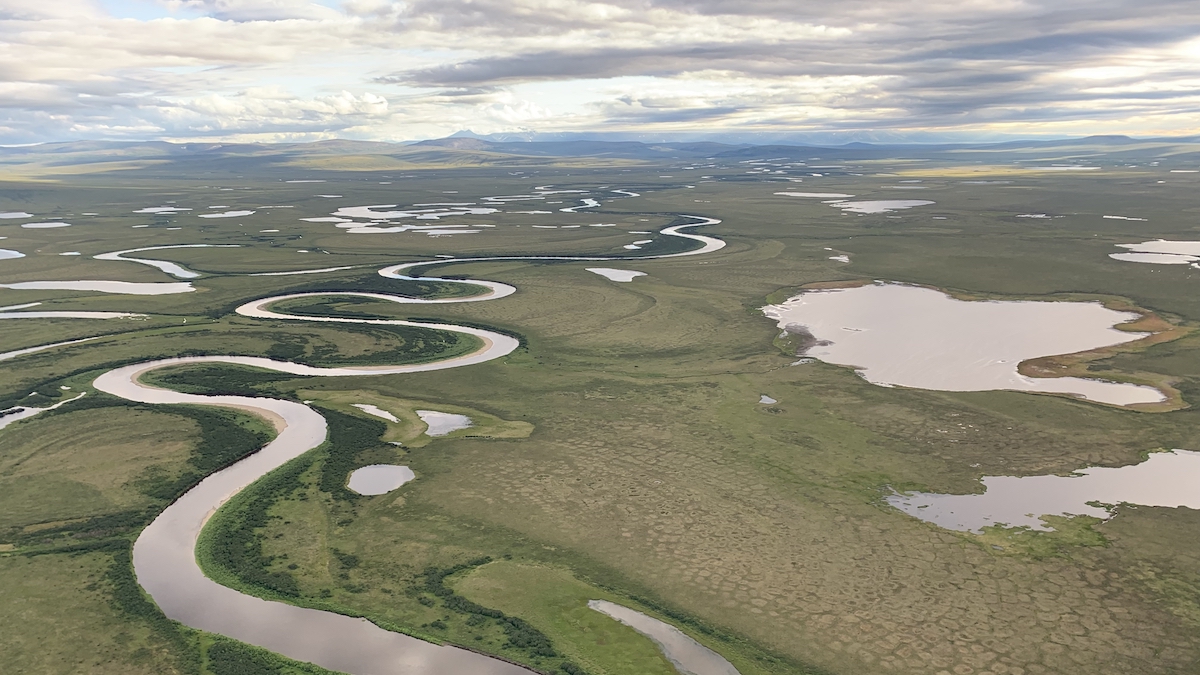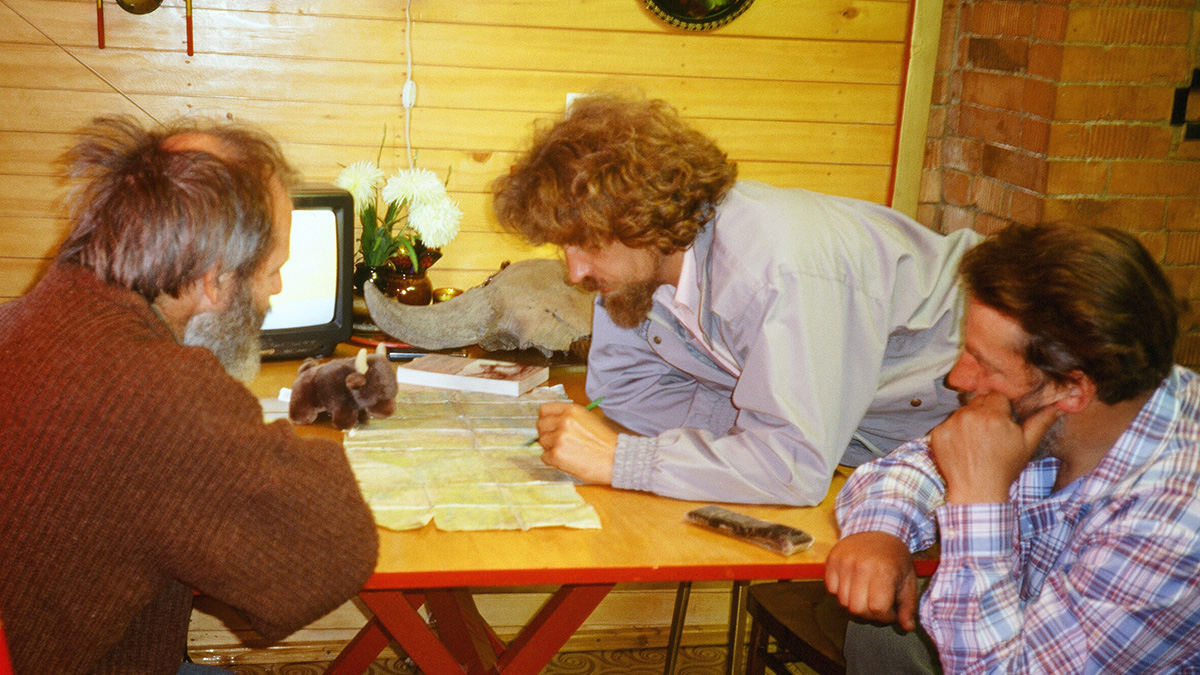Landsat’s new extended data collection program is mapping Arctic and Antarctic regions year-round, even in polar twilight.
Arctic
Bridging Gaps Between the Geosciences and National Security
The geoscience community and national security agencies need effective, two-way communication to exchange information.
Glaciers Rise and Fall—and Melt—with Tides
The effect of ocean water creeping beneath Greenland ice is stronger than scientists realized.
Another Record-Breaking Year in the Arctic Amplifies Calls for More Data
A downward spiral of the Arctic’s ecological health and climatic conditions continued in 2023, causing problems for people, plants, and animals, according to a new NOAA report.
Arctic Warming Triggers Abrupt Ecosystem Shift in North America’s Deepest Lake
Great Slave Lake’s huge cold water mass shielded it from impacts of the rapidly warming climate—until now.
Arctic Ice Loss Could Shorten Winter Feeding Time for Zooplankton
The Arctic’s thinning sea ice allows more light to penetrate deeper into the ocean, holding zooplankton far beneath the surface.
Как необычная дружба разрушила мифы о вечной мерзлоте
“Прекрасные долгие споры” между американским ученым и российским исследователем помогли прояснить несколько фундаментальных предположений о таянии вечной мерзлоты.
Ледники Арктики, вулкан в Перу и русский голод
Группа, изучающая российские ледники, нашла подтверждение тому, что извержение вулкана в южном Перу изменило климат планеты в начале 17го века.
Northern Ecosystems are Shaped by Snow
Changing climate in the Arctic leads to a shorter snow season but deeper snow in the depths of winter. Under the insulating snow, biological processes are accelerated leading to higher nutrient availability and carbon losses.
Winds Clear Sea Ice Through Fertile Arctic Waters
The North Water polynya might not be as dependent on a sea ice bridge as previously thought, but not everyone is convinced.










